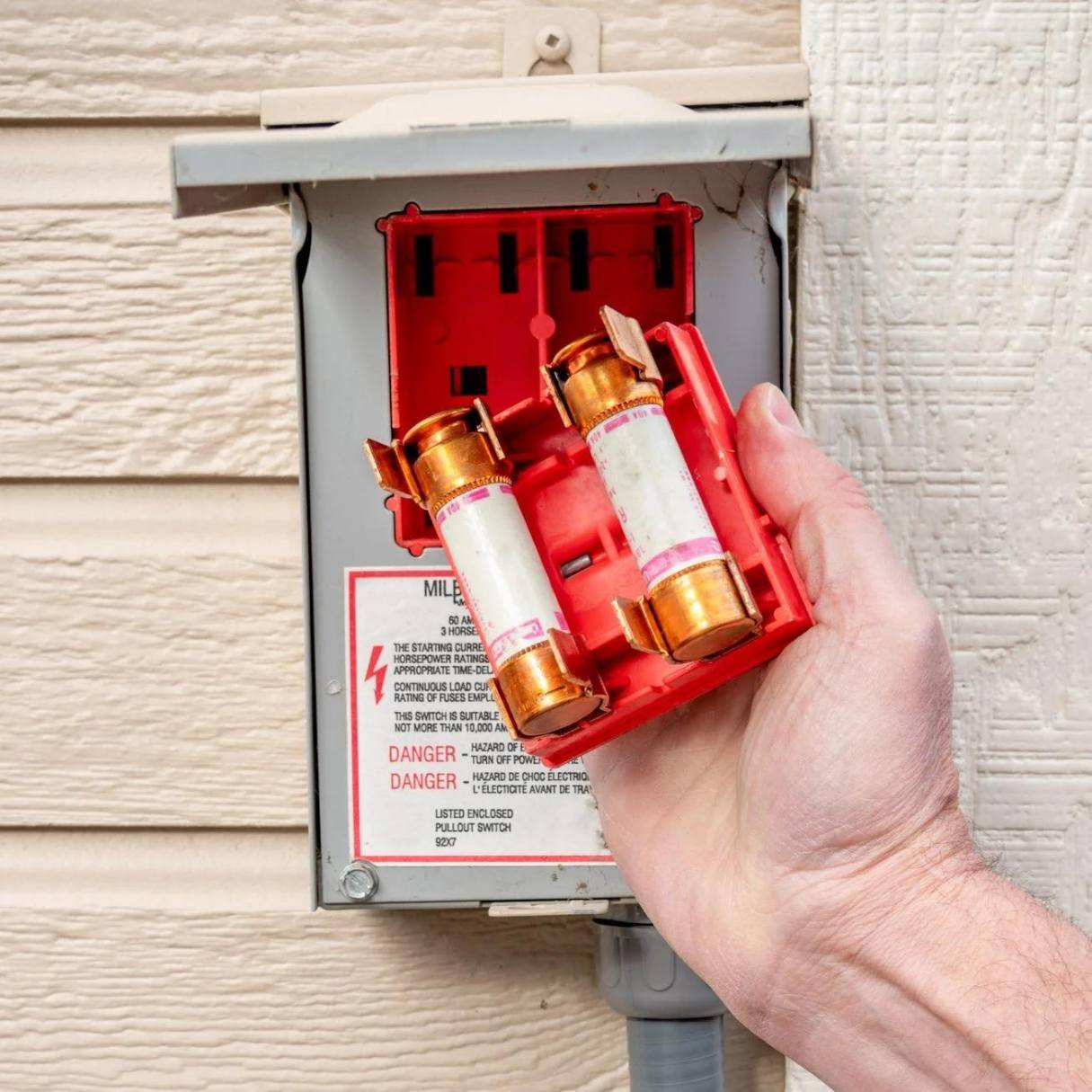

Articles
Where Is HVAC Fuse Located
Modified: February 29, 2024
Discover the location of the HVAC fuse and how to replace it with step-by-step articles. Keep your heating and cooling system running smoothly.
(Many of the links in this article redirect to a specific reviewed product. Your purchase of these products through affiliate links helps to generate commission for Storables.com, at no extra cost. Learn more)
Introduction
When it comes to heating, ventilation, and air conditioning (HVAC) systems, there are many components that work together to ensure optimal performance and comfort. One important component that often goes unnoticed is the HVAC fuse. While small in size, these fuses play a critical role in safeguarding the system against power surges and short circuits.
Understanding the function and location of HVAC fuses is essential for homeowners and technicians alike. Knowing where the fuses are located can save time and frustration when troubleshooting issues or performing maintenance tasks. In this article, we will explore the importance of knowing the location of HVAC fuses and the common places to find them.
Before we delve into the specific locations, let’s first briefly discuss what exactly an HVAC fuse does. In simple terms, a fuse is a safety device that protects electrical circuits from excessive current. When there is a power surge or a short circuit, the fuse will burn out, interrupting the flow of electricity and preventing damage to the system.
Now that we have a basic understanding of HVAC fuses and their importance, let’s move on to why knowing their location is crucial. In the event of a blown fuse, being able to quickly locate and replace it can minimize downtime and potentially save on costly repairs. Additionally, regular inspection and maintenance of fuses can help prevent electrical issues from occurring in the first place.
Key Takeaways:
- Knowing the location of HVAC fuses is crucial for quick troubleshooting and minimizing downtime. It allows homeowners to address issues promptly and ensures the optimal performance of their HVAC system.
- Safety is paramount when working with electricity and fuses. Prioritize turning off the power supply and seek professional assistance if unsure about locating or replacing HVAC fuses.
Read more: Where Is The HVAC Control Board Located
Understanding HVAC Fuses
Before we dive into the different locations where HVAC fuses can be found, let’s take a closer look at how these fuses work and why they are essential components of any HVAC system.
HVAC fuses are designed to protect the electrical circuits of your heating, ventilation, and air conditioning system from overloads or short circuits. When too much current flows through a circuit, the fuse will blow or burn out, interrupting the electrical flow and preventing damage to the system.
The HVAC fuse is composed of a thin strip of metal, typically made of copper or aluminum, enclosed within a protective housing. This strip of metal is designed to melt when exposed to excessive current, effectively breaking the circuit and preventing the flow of electricity.
There are various types of fuses used in HVAC systems, including glass-tube fuses, cartridge fuses, and plug-type fuses. They all serve the same purpose of protecting the system from electrical faults, but they differ in physical design and amperage rating.
The amperage rating of the fuse determines the amount of current it can handle before blowing. It is crucial to use the correct amperage fuse for your specific HVAC system to ensure proper protection. Using a higher amperage fuse can lead to damage to the system, while using a lower amperage fuse may cause frequent blown fuses.
It’s also worth noting that some HVAC systems have multiple fuses to protect different components or circuits. These fuses are typically labeled and grouped together for easy identification and replacement.
Now that we have a better understanding of how HVAC fuses work and their importance, let’s explore the different locations where you can typically find these fuses in your HVAC system.
Importance of Knowing the Location
Knowing the location of HVAC fuses is crucial for several reasons. Firstly, it allows you to quickly troubleshoot and address any issues that may arise with your HVAC system. If a particular component or circuit is not functioning correctly, knowing where the corresponding fuse is located can help you determine if a blown fuse is the cause of the problem.
By being able to identify and replace a blown fuse promptly, you can minimize downtime and restore your HVAC system to full operation. This is especially important during extreme weather conditions when you rely heavily on your heating or cooling system for comfort.
Furthermore, knowing the fuse location can help you perform routine maintenance tasks, such as inspecting and replacing old or worn-out fuses. Regularly checking the condition of the fuses can prevent potential electrical issues down the line and ensure the safe and efficient operation of your HVAC system.
Additionally, understanding the fuse location can help homeowners communicate effectively with HVAC technicians. When troubleshooting or seeking professional assistance, being able to provide accurate information about the fuse’s position can allow technicians to diagnose and address the issue more efficiently.
Without knowledge of the fuse location, homeowners may waste valuable time and effort searching for the problem, resulting in unnecessary frustration and delays in resolving the HVAC issue.
Overall, knowing the location of HVAC fuses provides convenience, saves time, and allows for prompt action in the event of a blown fuse. It promotes efficient troubleshooting, regular maintenance, and effective communication with HVAC professionals, all contributing to the optimal performance and longevity of your HVAC system.
Common Locations for HVAC Fuses
The location of HVAC fuses can vary depending on the type of system you have. Whether you have a central HVAC system, window or split AC units, heat pumps, or HVAC compressors, there are common areas where fuses are typically found. Let’s explore these common locations:
- Electrical Panel: The electrical panel, often called the circuit breaker panel, is one of the most common locations for HVAC fuses. This panel houses the fuses and circuit breakers that control the power supply to different areas of your home, including the HVAC system. Check the panel for any labeled or dedicated fuses specifically for the HVAC system.
- Furnace or Air Handler Cabinet: In central HVAC systems, the furnace or air handler cabinet is another common location for fuses. These fuses protect the electrical components and wiring within the furnace or air handler. Look for a small access panel on the front or side of the cabinet, and inside you may find one or more fuses.
- Outdoor Disconnect Box: For central air conditioning systems, there may be an outdoor disconnect box where the fuses are located. This box is typically mounted on a wall near the outdoor unit and houses the fuses or circuit breakers dedicated to the AC unit. Look for a metal or plastic box with a hinged cover to access the fuses.
- Indoor Unit: In window or split AC units, the fuses are often located within the indoor unit itself. To access the fuses, you may need to remove the front panel of the unit. Refer to the manufacturer’s instructions or consult a professional if you are unsure how to safely and properly access the fuses in your specific unit.
- Outdoor Unit: In heat pump systems, the fuses can be found in both the indoor and outdoor units. Similar to window or split AC units, the fuses in the outdoor unit may be located behind a removable panel or access door. Again, refer to the manufacturer’s instructions or seek professional guidance for accessing the fuses.
- Compressor: HVAC compressors, which are responsible for compressing refrigerant gases, also have fuses to protect their electrical components. The location of these fuses can vary depending on the specific compressor model. Check the compressor housing, control box, or adjacent electrical panel for any labeled fuses.
Remember, these are common locations for HVAC fuses, but the exact placement may vary depending on the manufacturer and model of your HVAC system. When in doubt, consult your system’s manual or seek the assistance of a qualified HVAC technician.
Now that we have explored the common locations for HVAC fuses in different types of systems, let’s dive deeper into each specific system to understand how to locate the fuses in more detail.
Locating the Fuse in Central HVAC Systems
Central HVAC systems, which consist of a furnace or air handler and an outdoor unit, typically have fuses located in specific areas within both units. Let’s explore how to locate the fuses in central HVAC systems:
Furnace or Air Handler Cabinet: The first place to check for fuses in a central HVAC system is the furnace or air handler cabinet. These cabinets house critical components such as the blower motor, control board, and electrical wiring. To locate the fuses, look for a small access panel on the front or side of the cabinet. This panel may be secured with screws or latches. Once the panel is removed, you should see one or more fuses inside. The fuses may be glass-tube style, cartridge-style, or plug-type fuses.
Outdoor Disconnect Box: In addition to the furnace or air handler cabinet, central air conditioning systems will also have fuses located in the outdoor disconnect box. This box is typically mounted on a wall near the outdoor unit and contains the fuses or circuit breakers dedicated to the AC unit. To access the fuses, open the hinged cover of the disconnect box. Inside, you should find the fuses. Be cautious and ensure the power to the outdoor unit is turned off before removing or replacing any fuses.
It’s essential to note that the location of fuses in central HVAC systems can vary based on the specific manufacturer and model. If you are unable to locate the fuses in the areas mentioned above, consult your system’s manual or consider reaching out to an HVAC professional for guidance.
Now that we’ve covered central HVAC systems, let’s move on to exploring how to find the fuses in window or split AC units.
The HVAC fuse is typically located in the main electrical panel of your home. Look for a switch labeled “HVAC” or “furnace” and check if the fuse is blown. Always turn off the power before inspecting or replacing the fuse.
Read more: Where Is HVAC Filter Located
Finding the Fuse in Window or Split AC Units
Window or split air conditioning (AC) units have a compact design and are typically installed in individual rooms or specific zones. These units also have fuses to protect their electrical components. Let’s explore how to locate the fuse in window or split AC units:
1. Indoor Unit: Start by examining the indoor unit of your window or split AC. The fuse is typically located within the unit itself. To access the fuse, you may need to remove the front panel of the unit. The front panel is usually secured with screws or clips. Once the panel is removed, you should be able to see the fuse. It is important to handle the fuse with care and ensure that the power to the unit is turned off before removing or replacing the fuse.
2. Manufacturer’s Guide: If you are having difficulty locating the fuse in your window or split AC unit, refer to the manufacturer’s guide or manual. The manual often includes detailed instructions on how to access and replace the fuses specific to your unit’s model.
Remember, safety should always be a priority when working with electricity. If you are unsure or uncomfortable with locating or replacing the fuse in your window or split AC unit, it is best to consult a qualified HVAC technician who can safely assist you.
Now that we’ve covered how to find the fuse in window or split AC units, let’s move on to exploring heat pumps and where their fuses are typically located.
Identifying the Fuse Location in Heat Pumps
Heat pumps are versatile HVAC systems that provide both heating and cooling capabilities. Like other HVAC systems, heat pumps also have fuses to protect their electrical components. Let’s explore how to identify the fuse location in heat pumps:
Indoor Unit: Start by examining the indoor unit of your heat pump. The fuse is typically located inside this unit. To access the fuse, you may need to remove the front panel or access door. These panels are often secured with screws or clips. Once the panel is removed, you should see the fuse. It may be a glass-tube style, cartridge-style, or plug-type fuse. Make sure to turn off the power to the unit before inspecting or replacing the fuse.
Outdoor Unit: Heat pumps also have fuses in the outdoor unit. The specific location of these fuses can vary depending on the manufacturer and model. Begin by examining the exterior cabinet of the outdoor unit. Look for any removable panels or access doors. Open these panels to reveal the fuses. As always, ensure that the power to the unit is turned off before handling or replacing the fuse.
If you are unsure about the location of the fuses in your heat pump, consult the manufacturer’s guide or manual for your specific model. These resources often provide detailed instructions on how to access and replace the fuses correctly.
Handling electricity should always be done with caution. If you are uncomfortable or unsure about locating or replacing the fuses in your heat pump, it’s best to contact a qualified HVAC technician for assistance.
Now that we’ve covered identifying the fuse location in heat pumps, let’s move on to exploring HVAC compressors and where their fuses are typically found.
Checking for Fuses in HVAC Compressors
HVAC compressors are responsible for compressing refrigerant gases and are an integral part of many HVAC systems. Just like other components, HVAC compressors have fuses to protect their electrical circuitry. Let’s explore how to check for fuses in HVAC compressors:
Compressor Housing: Start by examining the compressor housing. It is typically a metallic casing that encloses the compressor motor and other associated components. Look for any access panels or removable covers on the compressor housing. These panels may be secured with screws or clips. Remove the panels to access the interior of the compressor housing. Inside, you should be able to locate the fuses. They may be glass-tube style, cartridge-style, or plug-type fuses depending on the specific compressor model.
Control Box: In some HVAC compressors, the fuses may be found inside a separate control box. This box is usually located near the compressor housing and contains various electrical components and connections. Look for a small box with a hinged or removable cover. Open the control box to access the fuses. Again, make sure to turn off the power supply before handling or replacing any fuses.
If you are unable to locate the fuses in the compressor housing or control box, consult the manufacturer’s guide or manual for your specific compressor model. These resources often provide detailed instructions on the fuse location and replacement procedure.
Electrical safety is of utmost importance when working with HVAC compressors. If you are unsure or uncomfortable with checking or replacing the fuses, it is recommended to seek the assistance of a qualified HVAC technician who can safely and effectively handle the task.
Now that we’ve covered checking for fuses in HVAC compressors, let’s summarize the information we have discussed so far.
Conclusion
Understanding the location of HVAC fuses is essential for homeowners and HVAC technicians alike. These small yet critical components play a crucial role in protecting the electrical circuits of your heating, ventilation, and air conditioning system from overloads and short circuits.
Knowing the location of HVAC fuses allows for quick troubleshooting and resolution of issues that may arise with your system. Whether it’s a blown fuse causing a malfunction or routine inspection and maintenance, being able to locate and replace the fuse promptly can minimize downtime and ensure the optimal performance of your HVAC system.
Common locations for HVAC fuses vary depending on the type of system. Central HVAC systems often have fuses in the furnace or air handler cabinet and the outdoor disconnect box. Window or split AC units have fuses in the indoor unit, while heat pumps have fuses in both the indoor and outdoor units. HVAC compressors have fuses in the compressor housing or control box.
It is crucial to prioritize safety when working with electricity. Always ensure that the power supply is turned off before handling or replacing fuses, and consult the manufacturer’s guide or manual for your specific system if you are unsure about the location or replacement procedure.
In cases where you are uncomfortable or uncertain about locating or replacing the fuses, it is advisable to consult a qualified HVAC technician. They have the expertise and knowledge to handle the task safely and efficiently.
By understanding the importance of knowing the location of HVAC fuses and being familiar with the common locations in different types of systems, you can effectively maintain and troubleshoot your HVAC system, ensuring its optimal performance, longevity, and your comfort.
Frequently Asked Questions about Where Is HVAC Fuse Located
Was this page helpful?
At Storables.com, we guarantee accurate and reliable information. Our content, validated by Expert Board Contributors, is crafted following stringent Editorial Policies. We're committed to providing you with well-researched, expert-backed insights for all your informational needs.
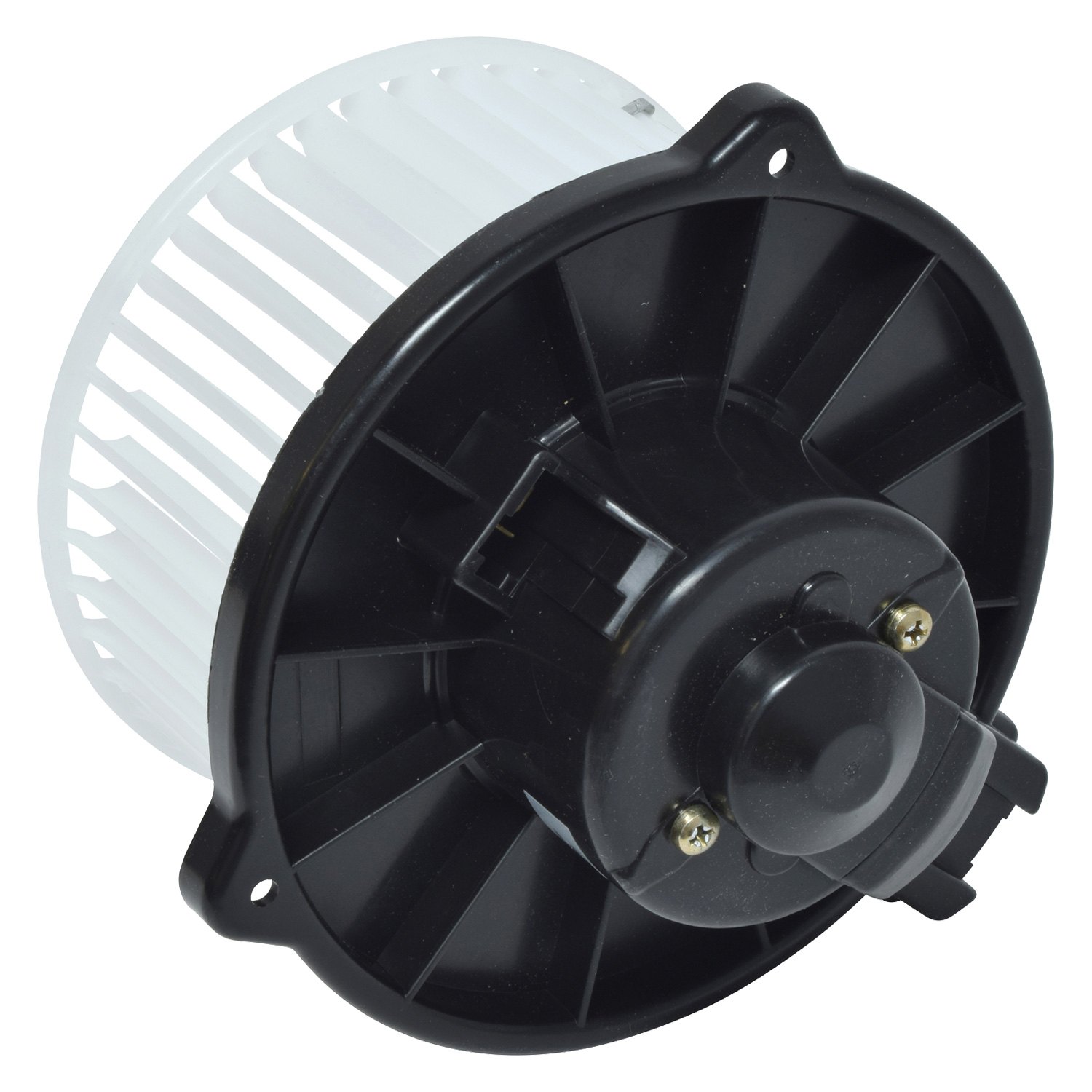

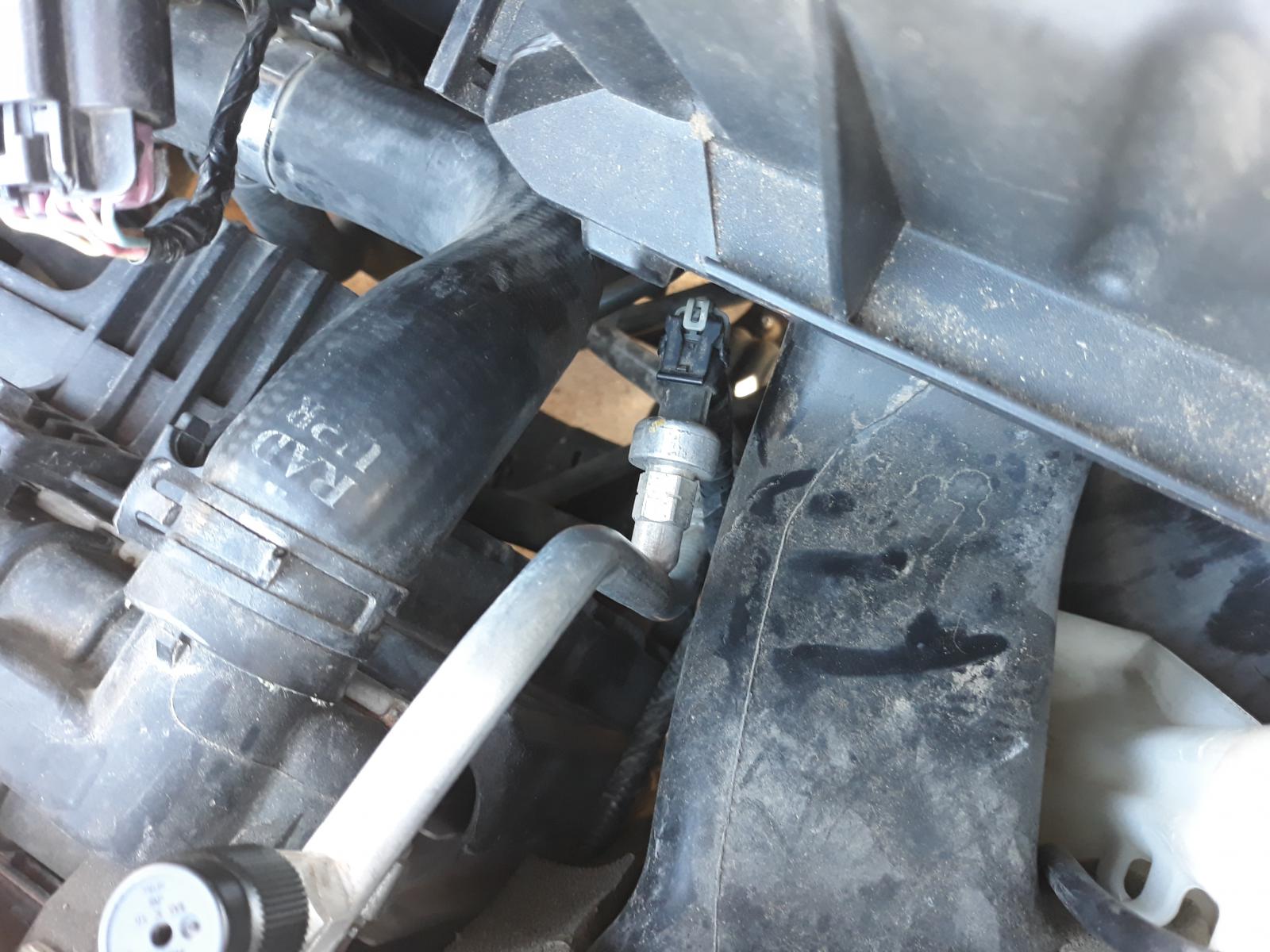
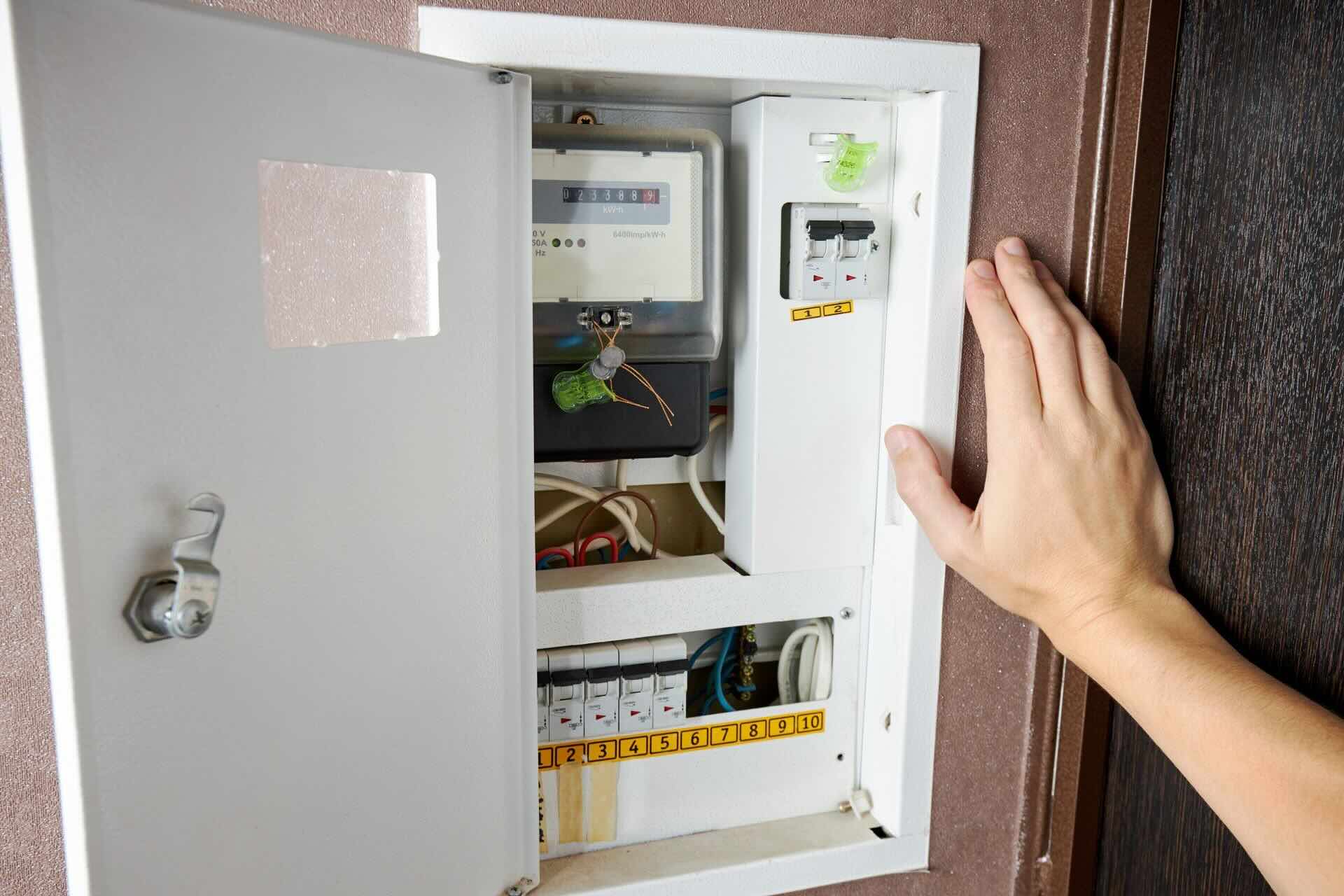
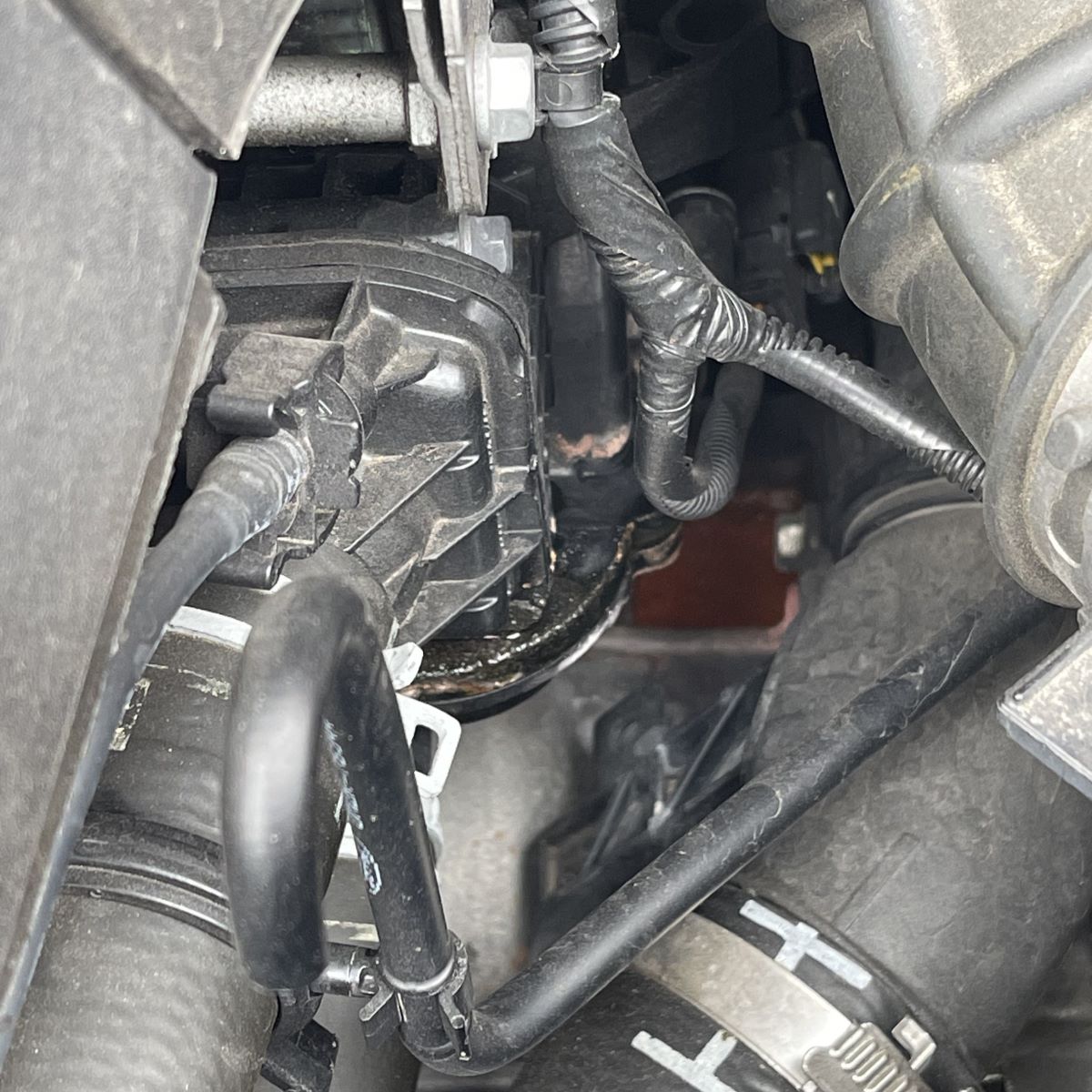
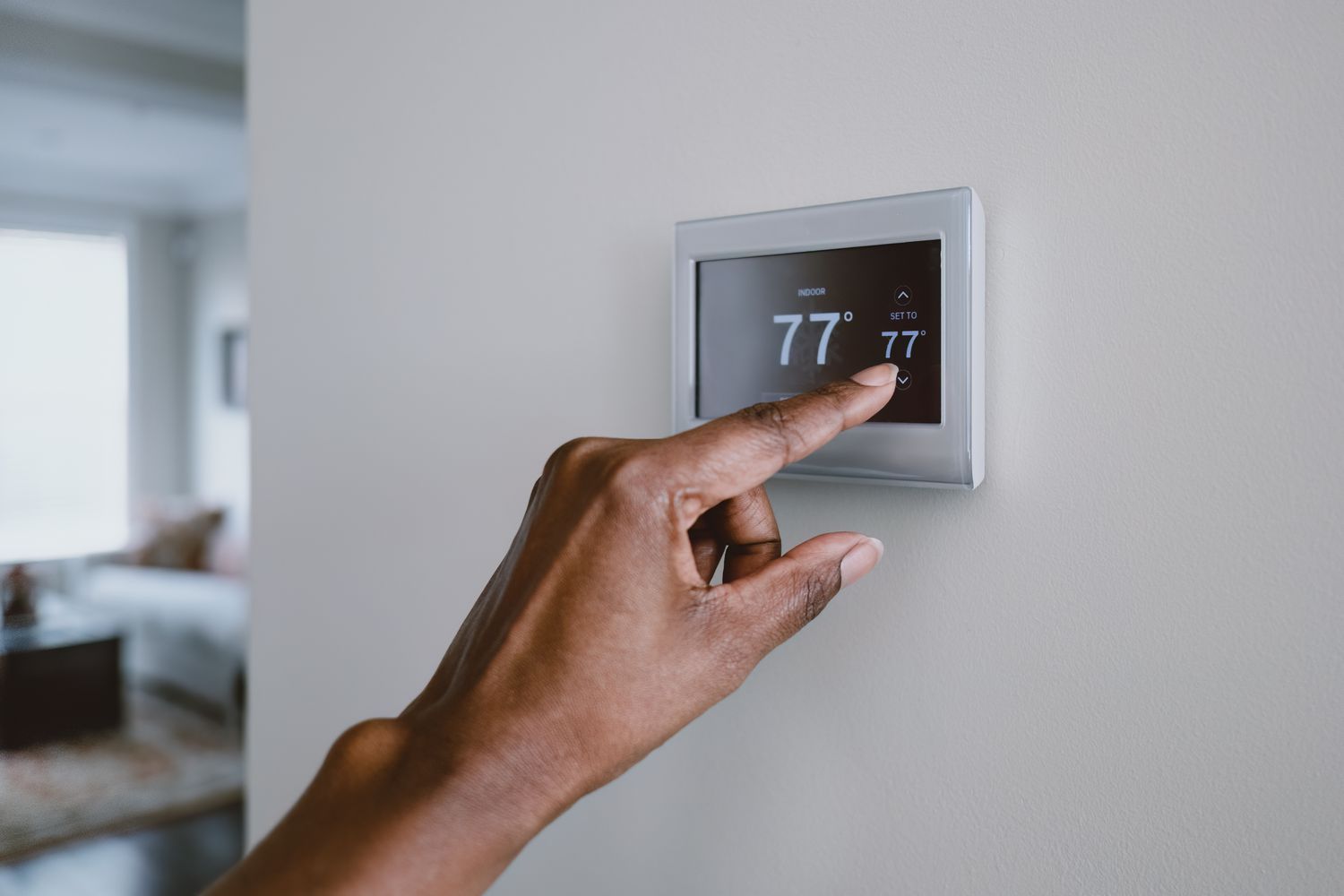
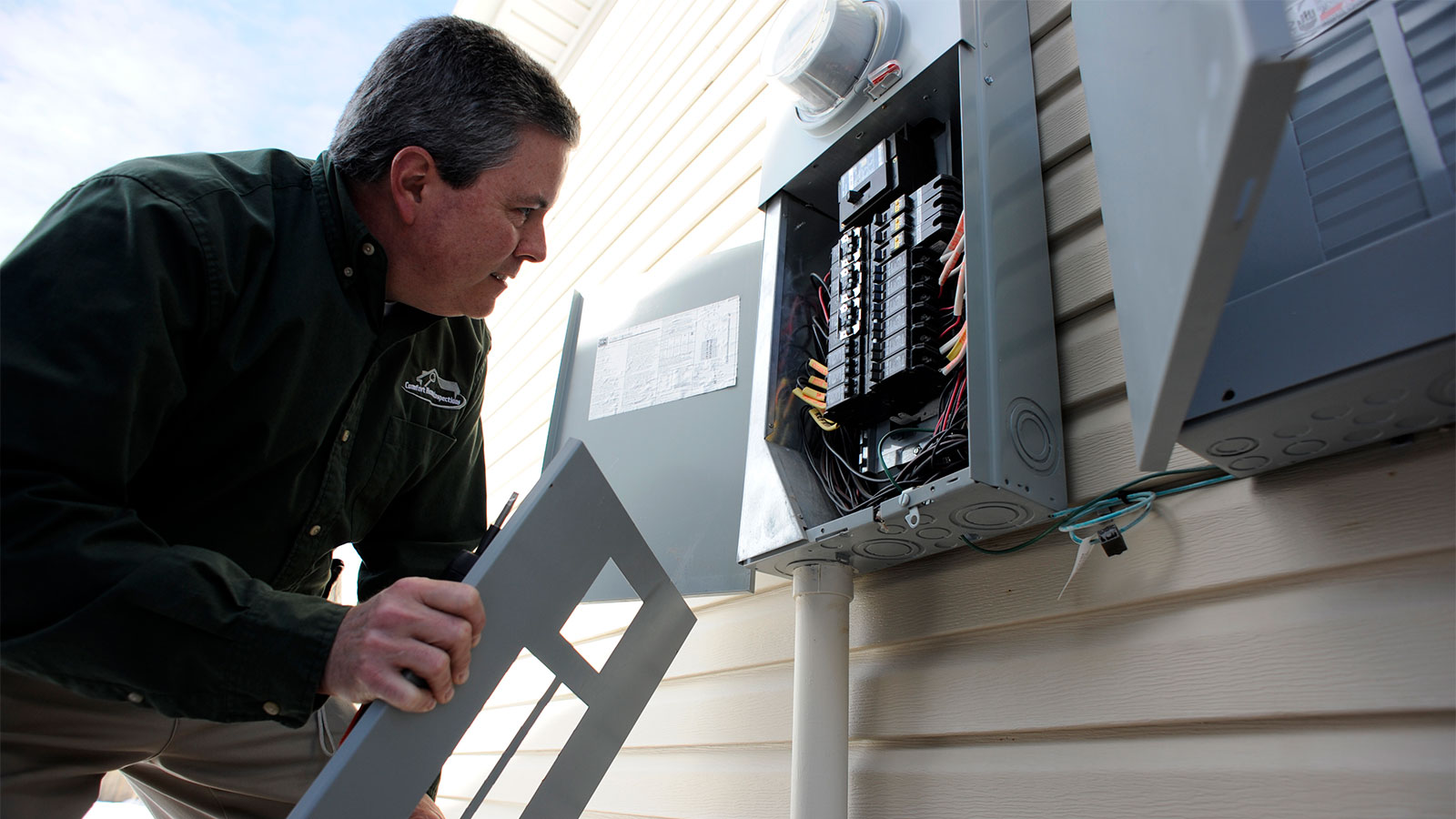
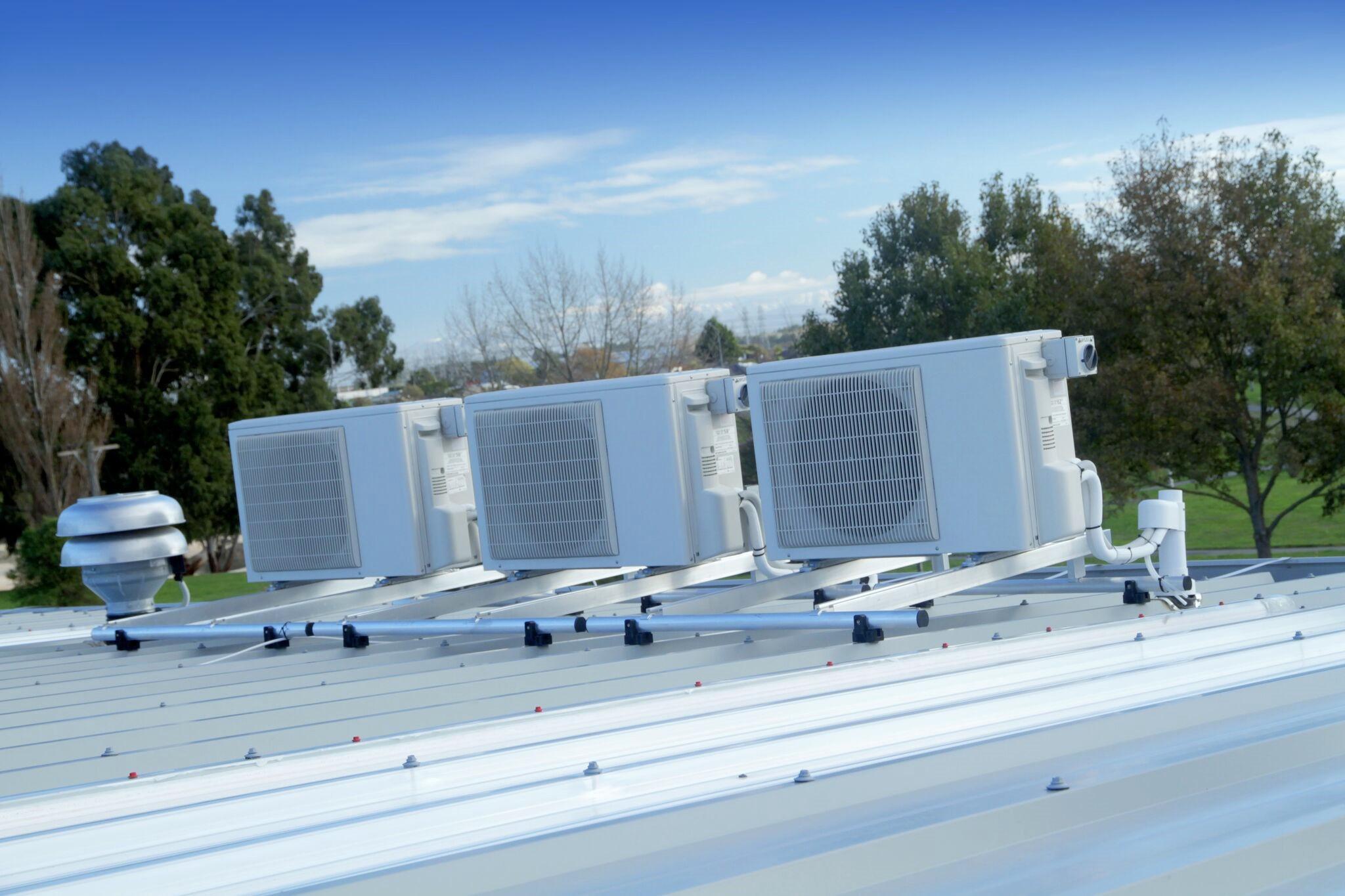
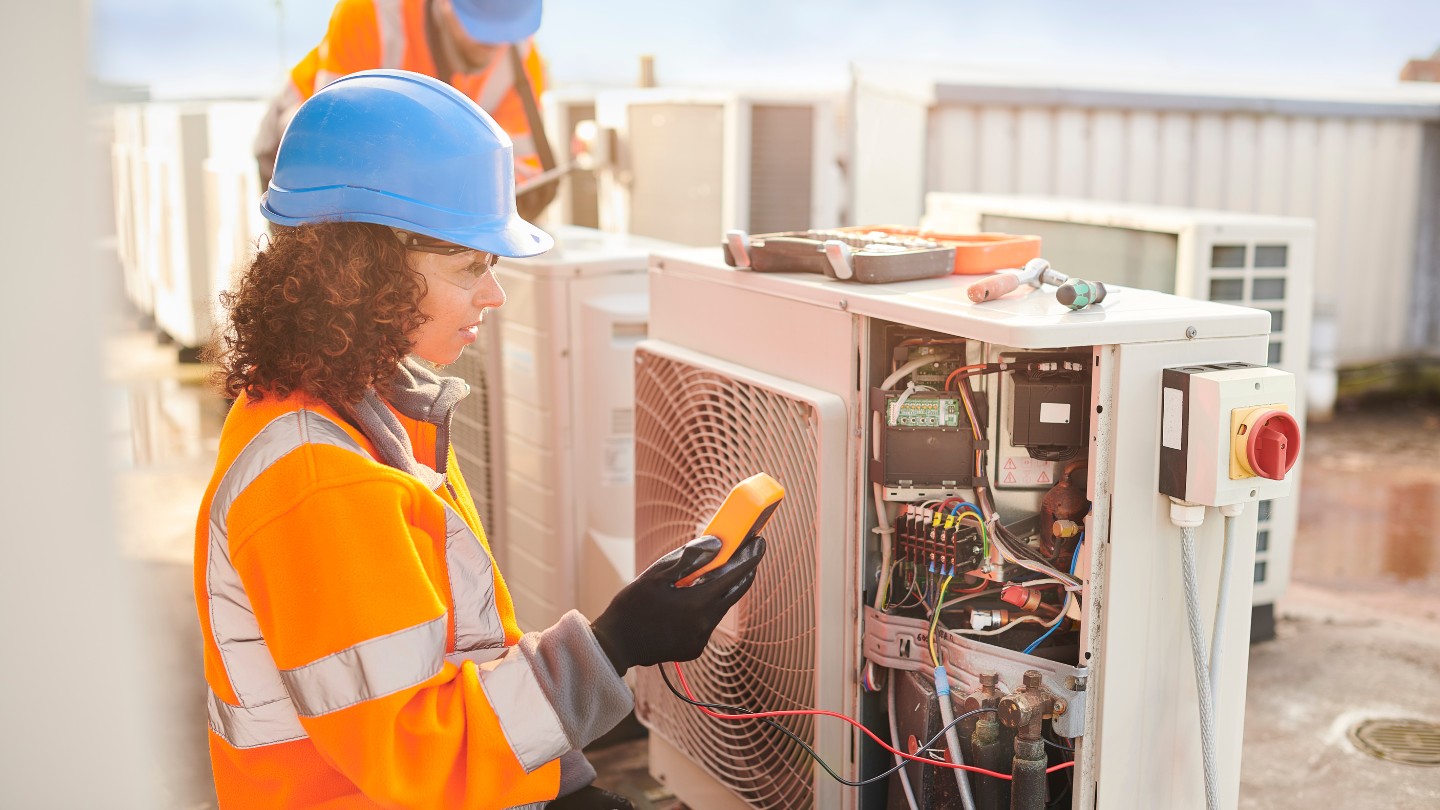


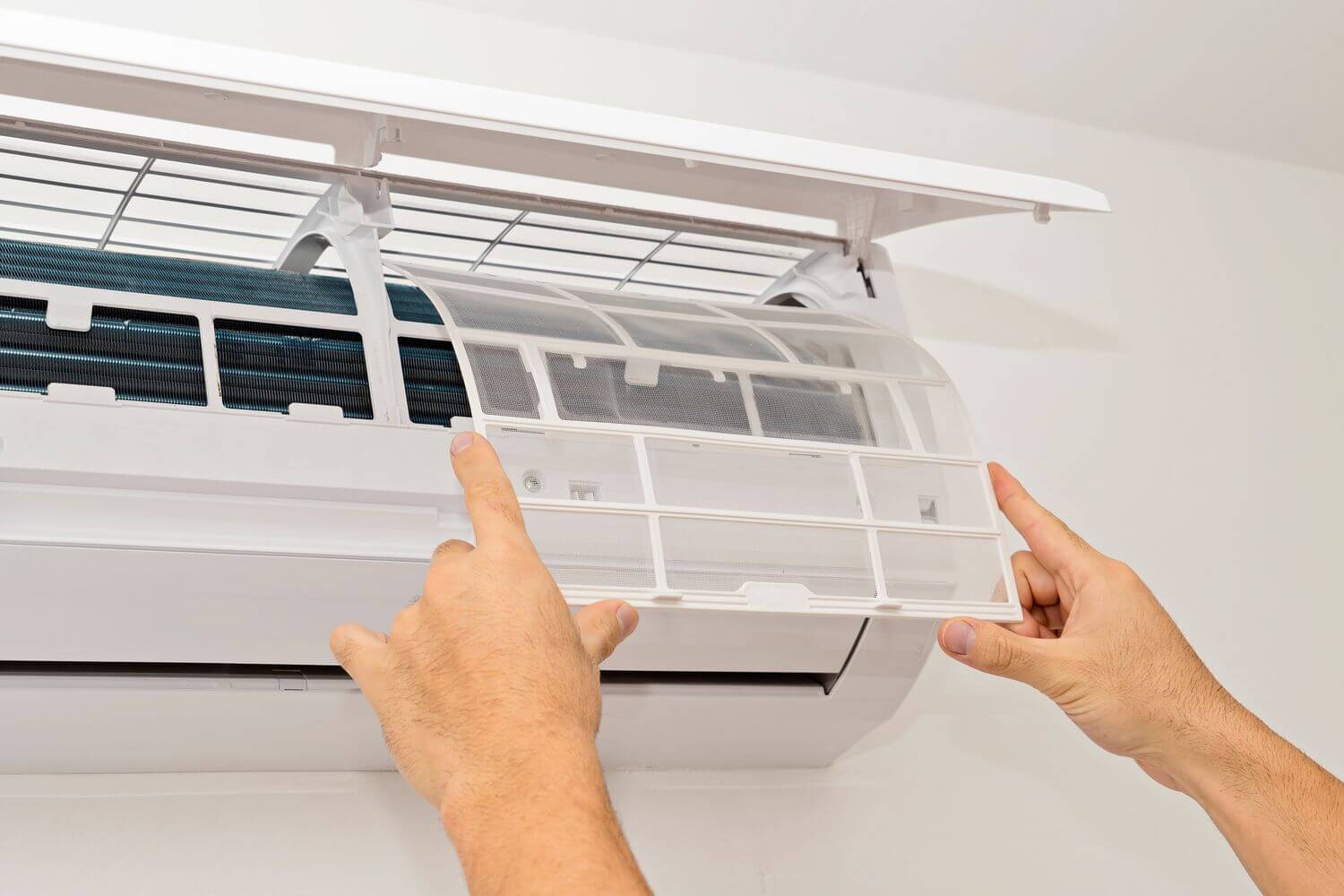
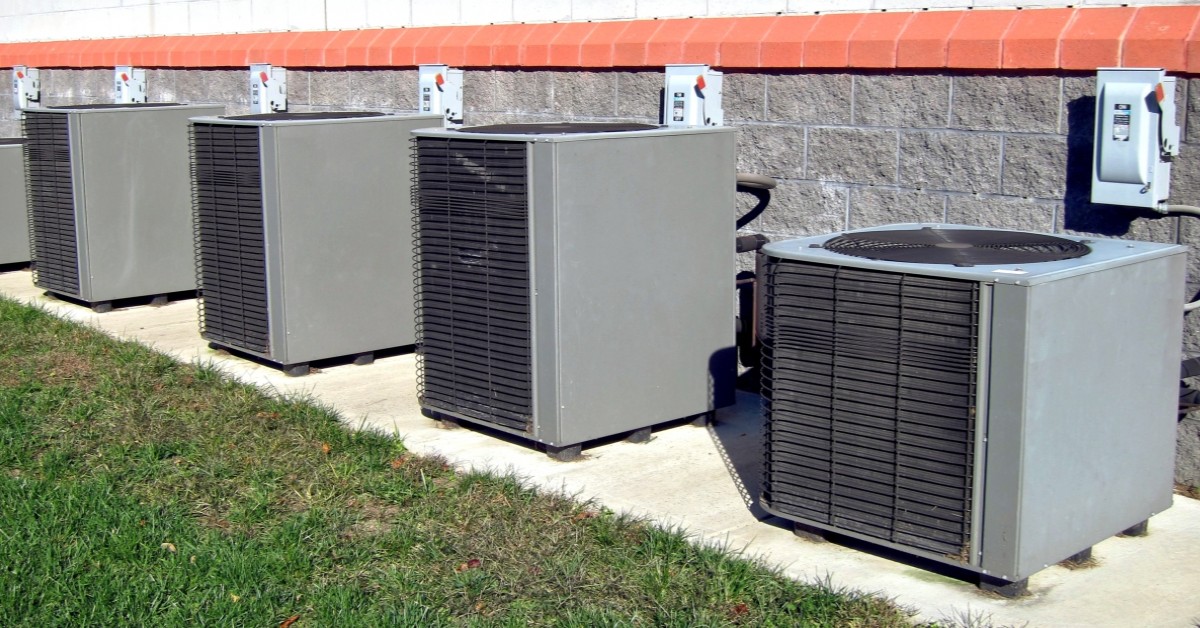
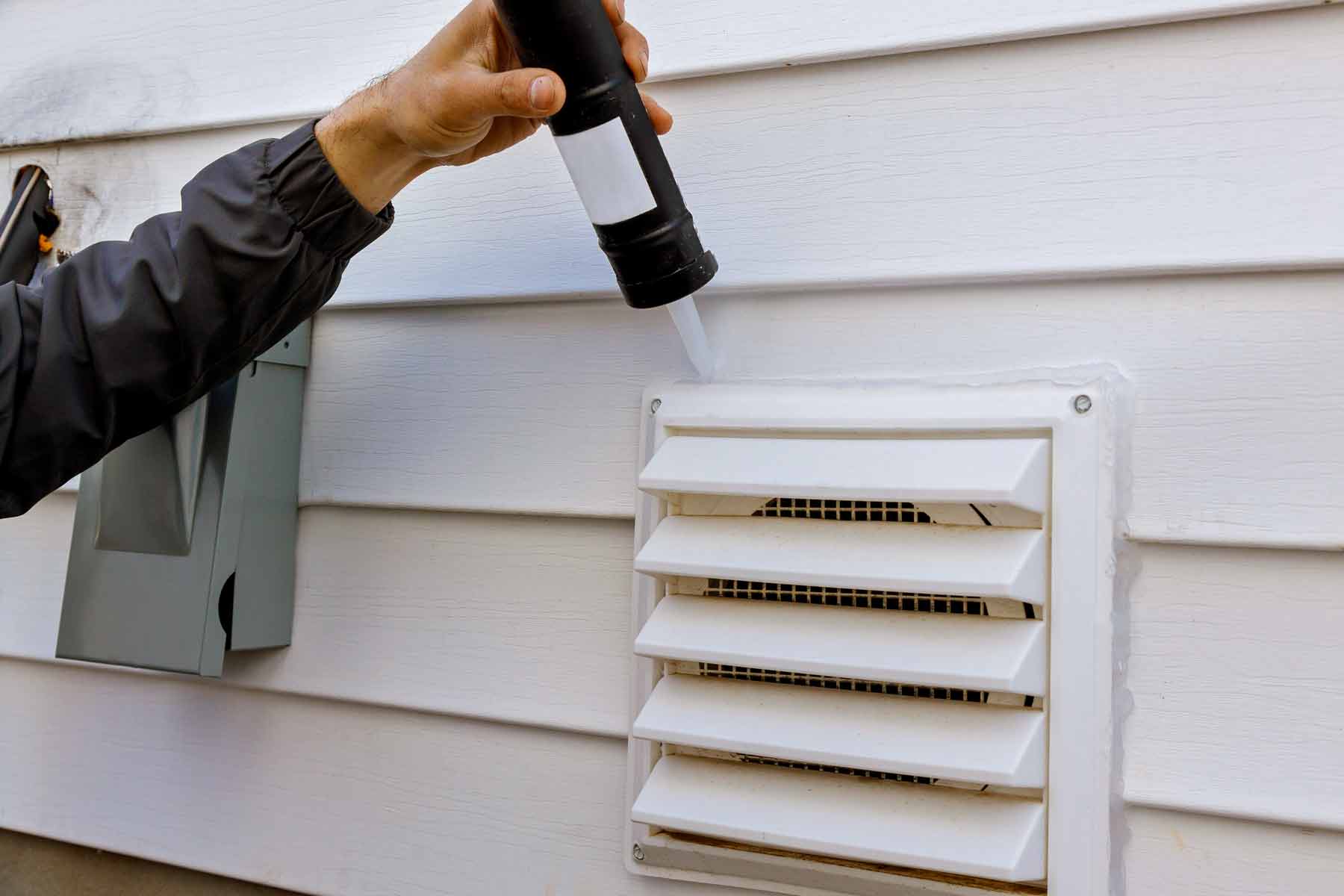

0 thoughts on “Where Is HVAC Fuse Located”